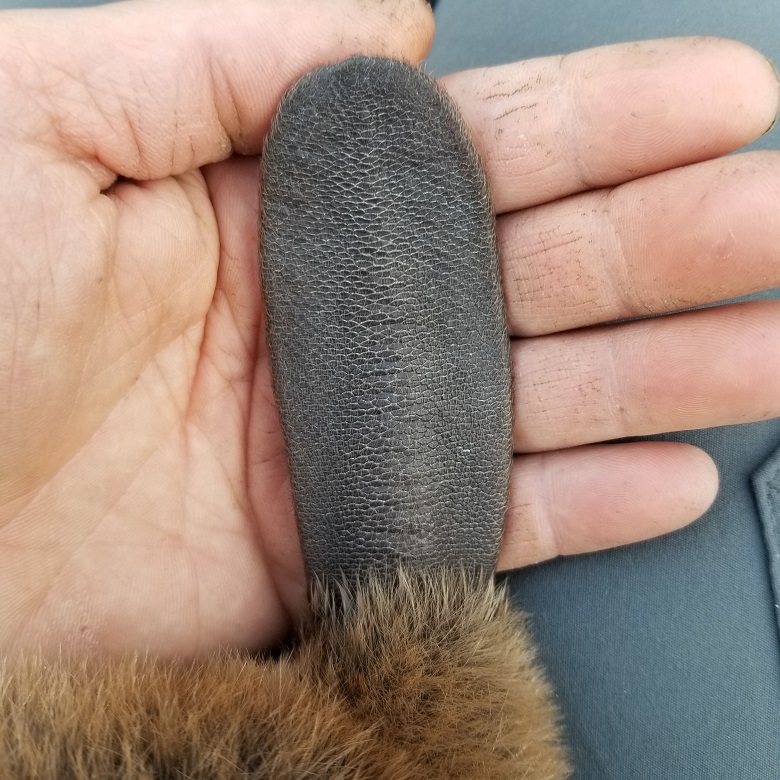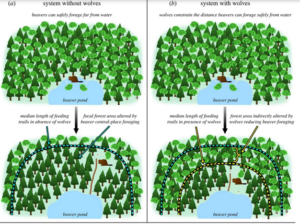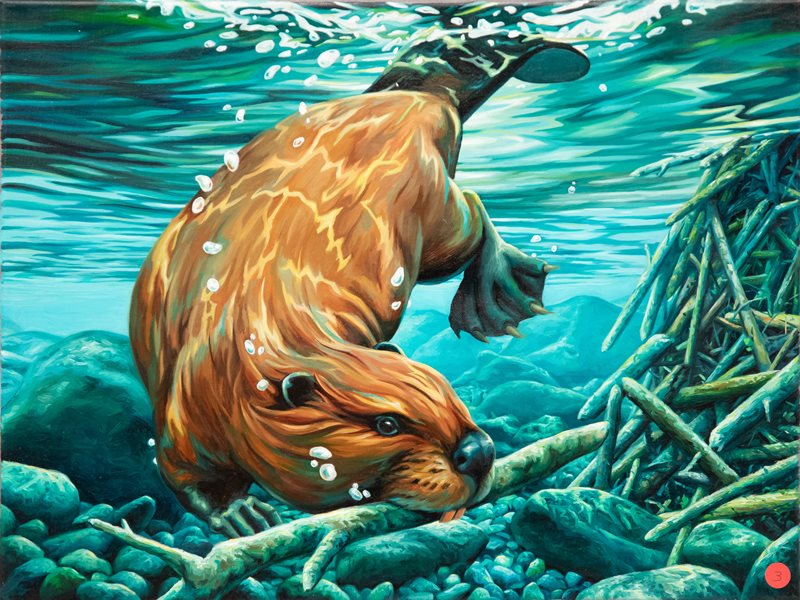Beaver dam analogs tend to be more popular than beaver themselves but I guess that’s okay because after people get the grants and volunteers to install them and they wash out or need repairs and have to be repaired folks start asking “How do we make it last” or “How do we make it look like that” or “Who can we get to make repairs this time?” and there is pretty much only one answer to those questions.
Beaver Dams
Beaver dam analogs–catching on in Idaho. -Landowners and conservation professionals are excited about a new type of woody structure that mimics beaver dams. The benefits are similar – they store water, slow down runoff in streams, and enhance fish and wildlife habitat. They’re called Beaver Dam Analogs or BDA’s for short. Bruneau Rancher Chris Black worked together with a number of conservation professionals to install some BDA’s on his private land on Hurry Up Creek, a tributary of Deep Creek.
“I’ve wanted to get beaver in here for years but it is an ephemeral stream,” Black says. “There’s enough willows to make good food for them and everything, but there isn’t enough water for them to stay.” They’ve put in about 10 structures so far, and more are planned in the future.
Hey I’ve got a crazy idea Mr. Black. Maybe if the stream had beavers in it it wouldn’t BE ephemeral. Did you ever think of that?
“It just benefits a whole host of wildlife species and that’s why Fish and Game is really interested in this,” says Chris Yarbrough, habitat biologist for the Idaho Department of Fish and Game. “It’s a low-cost way to get a lot of bang for your conservation buck.” The Life on the Range crew visited two very different projects on opposite sides of Idaho to learn why BDAs were installed, how they were built, and what benefits may occur.”
Maybe the word ephemeral itself is just a fancy way of saying “A stream that isn’t maintained by beavers yet.”
Did you ever think of that?
Many sympathies to Mr. Jimmy Carter this morning who slept alone for the first time in 77 years last night. When I think of Rosalynn’s death I remember the Methodist words of John Wesley.
Do all the good you can, by all the means you can, in all the ways you can, in all the places you can, at all the times you can, to all the people you can, as long as ever you can.










































